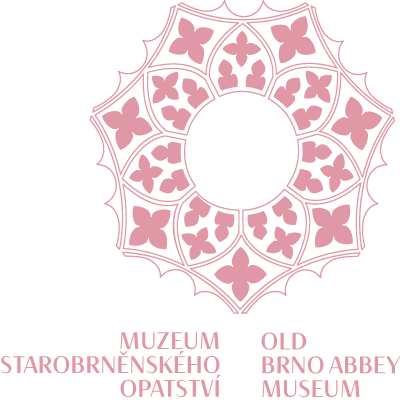Pýramos and Thisbe
Pieter Thys (1624–1677) |oil on canvas
The fourth book of the literary work, The Metamorphosis, by the poet Publius Ovidius Naso, brings the tragic story of the lovers Pýramos and Thisbé. Young love was hindered by the long-standing animosity of the families from which they came. After some time, they decided to flee together and start a life together in another place. The fate of the couple was a work of chance. Thisbe, who reached the agreed place first, was frightened by a lioness from whom she had to flee. Pýramos found only her scarf, which she had lost in her desperate flight. He succumbed to the idea that his love had been killed by the beast and took his own life on the spot. After a while, the frightened Thisbe ventured back to the agreed place, but found her lover already lifeless. In despair, she then turned his sword against herself.
The classic subject has influenced many artists and has become a source of inspiration not only for many painters but also for many writers. The painting was originally attributed to an anonymous painter of the Venetian school and later Antwerp painter Anton Schoonjans (1656–1726/27), who worked in Central Europe and was also active in Moravia. In the present day, the painting is attributed to the oeuvre of Pieter Thys (1624–1677), who was one of the most sought-after masters of his time and whose services were also used by Archduke Leopold Wilhelm (Governor of the Spanish Netherlands), from whose collection the canvas comes. In 1783, it became part of the collection donated by Joseph II to the Augustinians as compensation for the relocation of the monastery from the original convent at St. Thomas’s to Old Brno.

